
The painting "The Yellow House" by Vincent van Gogh is a dwelling of light in the artist's work
"The Yellow House" is a famous painting created by Vincent van Gogh in 1888. At the center of the composition, there is a block of yellow-colored residential buildings. In the foreground, a small two-story mansion stands out. Bathed in sunlight, it immediately evokes a joyful mood. It seems as though two-thirds of the canvas are covered in golden hues. Not only the buildings, but also the sidewalk, the street receding into the distance, and the railway bridges on the horizon, all shimmer in these shades. The piercing blue of the sky creates contrast and adds a touch of freshness to the sun-drenched urban landscape. Gradually, it becomes evident that the palette of the artwork is much broader. While the lonely gray lamppost on the left still reflects hints of yellow, the clothing of rare passersby and the townspeople sitting near the building are depicted in various colors. On the left, nestled in the shade of a spreading plane tree, is a small light pink house. A locomotive crossing the bridge releases white smoke. The door, frames, and shutters of the mansion itself display a vivid green color.
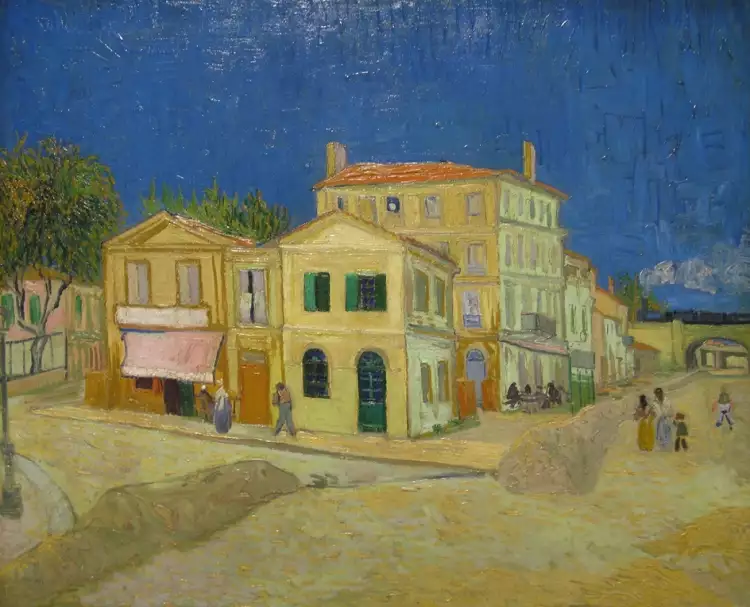 Vincent van Gogh. The Yellow House, 1888
Vincent van Gogh. The Yellow House, 1888
- Title of the painting: "The Yellow House" (Dutch: "Het gele huis").
- Artist: Vincent van Gogh (1853-1890).
- Year of creation: 1888.
- Dimensions: 72 x 91.5 cm.
- Style: Post-Impressionism.
- Genre: Landscape. Urban landscape.
- Technique: Oil painting.
- Material: Canvas.
- Location: Van Gogh Museum, Amsterdam.
Vincent van Gogh was an outstanding Dutch painter of the second half of the 19th century. He created over two thousand works in the genre of Post-Impressionism and became one of the most famous and influential figures in the history of Western art. As an individualist and recluse, he did not compromise and did not conform to authorities. He distanced himself from the church, moved away from academicism, and the impressionists who were spiritually close to him. His works, characterized by bold colors and impulsive and expressive brushstrokes, served as a precursor to expressionism and became a source of inspiration for Henri Matisse, André Derain, Maurice de Vlaminck, and Kees van Dongen. Only after the artist's death did his art, born out of endless searching and solitude, receive recognition.
The backstory of the painting "The Yellow House" is connected to Vincent van Gogh's move in late February 1888 from Paris to Arles, a small town in the Provence region of southern France. Vincent was amazed by the beauty of the nature in this area and the snowy winter landscape that greeted him. The white treetops soaring high and illuminated by sunlight reminded the artist of Japanese prints and became the catalyst for the most productive period in his artistic career.
Spring arrived with an explosion of colors, flowers, and scents. In May, Vincent rented a small and rather dilapidated mansion on Place Lamartine. While renovating and furnishing the rooms with simple and inexpensive furniture, the visionary artist dreamed of creating a commune, a haven for fellow artists where they could not only stay but also create art for the betterment of the art world.
He set up his studio on the ground floor and had a guest room and his own bedroom on the second floor. According to the artist's vision, the yellow house was meant to inspire creativity, so he decided to adorn the walls with numerous paintings. To bring his idea to life, he tirelessly battled his deteriorating health and went outdoors to paint blooming gardens, fields, bridges, and sunflowers. Almost all of the artist's works from that period were united by a coloristic idea dominated by yellow, interconnected in style and size, and filled with the warmth of the southern region.
In order to experience the color blue, in June, Van Gogh spent several days on the Mediterranean coast, in the town of Saintes-Maries-de-la-Mer in southeastern France, where he found inspiration in the unique palette of the night sky. Its cobalt hues were embodied in "The Yellow House," painted in September 1888. During the same time, the master sent a sketch of the painting to his brother, who supported him financially with living expenses, canvases, brushes, and paints. He attached a detailed description with personal impressions to the study.
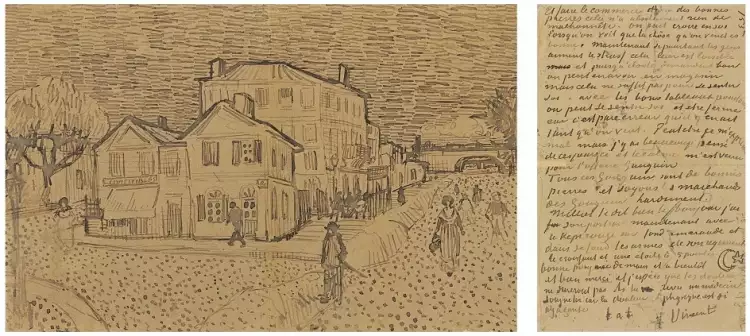 Vincent van Gogh. The Yellow House sketch with a description, 1888
Vincent van Gogh. The Yellow House sketch with a description, 1888
The only artist to visit Van Gogh's yellow house was Paul Gauguin. Their collaboration was short-lived, lasting only two months. After a spontaneous argument, Gauguin left without saying goodbye, and the great master was admitted to a mental health facility.
Van Gogh's painting "The Yellow House" became a pictorial embodiment of the artist's abode, where he created some of his finest works. The building itself did not survive to this day. During World War II, it suffered severe damage from bombings and was soon destroyed.
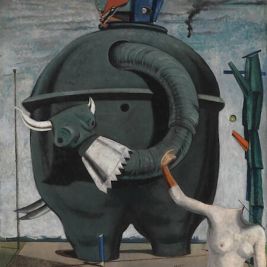 Modernism in painting - a different interpretation of reality
Modernism in painting - a different interpretation of reality 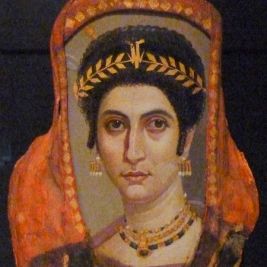 Fayum mummy portraits - ritual painting that preceded its time
Fayum mummy portraits - ritual painting that preceded its time  Antique arms and armour from all over the world
Antique arms and armour from all over the world  Mannerism - an elegant, pretentious, and ambiguous style of the 16th and 17th centuries
Mannerism - an elegant, pretentious, and ambiguous style of the 16th and 17th centuries  The Timeless Charm of Vintage Ephemera: A Collector's Guide
The Timeless Charm of Vintage Ephemera: A Collector's Guide 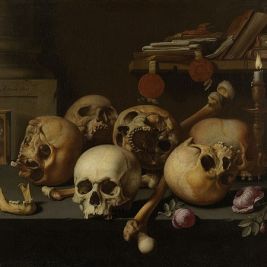 Vanitas is a genre of art that prompts the viewer to contemplate the inevitability of death
Vanitas is a genre of art that prompts the viewer to contemplate the inevitability of death 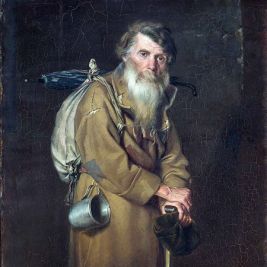 The painting "The Wanderer" by Vasily Grigorievich Perov portrays the image of noble poverty and human dignity
The painting "The Wanderer" by Vasily Grigorievich Perov portrays the image of noble poverty and human dignity  Caspar David Friedrich is the most famous and melancholic romanticist of German painting
Caspar David Friedrich is the most famous and melancholic romanticist of German painting 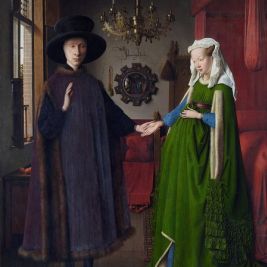 The most famous Dutch painters: 7 renowned masters from Van Eyck to Van Gogh
The most famous Dutch painters: 7 renowned masters from Van Eyck to Van Gogh 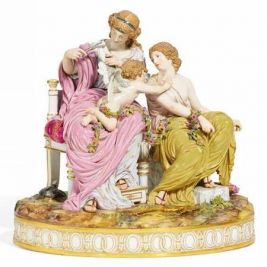 Meissen Porcelain: The History of the Manufactory
Meissen Porcelain: The History of the Manufactory